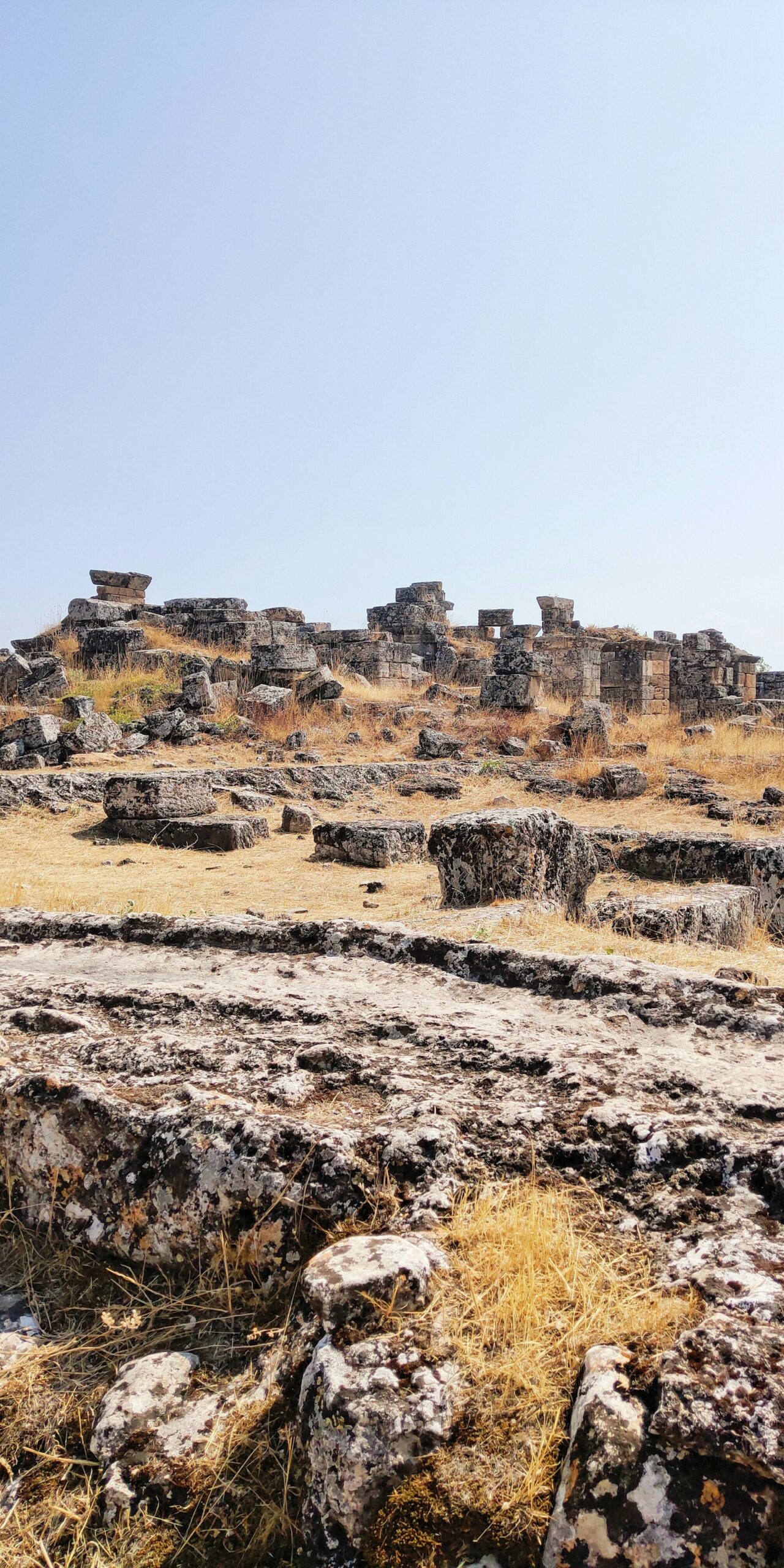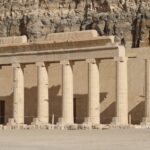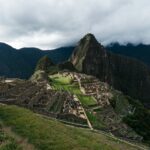Unveiling the Past: Archaeological Evidence and Rediscovery of Lost Cities


Photo by Kate Sakhno on Unsplash
Introduction: The Allure of Lost Cities
Throughout history, tales of
lost cities
have captivated the human imagination. Stories of vanished metropolises like Atlantis, El Dorado, or mysterious Amazonian civilizations have fueled countless expeditions and scientific inquiries. But how do archaeologists distinguish legend from reality? What
archaeological evidence
exists for these lost cities, and how are they rediscovered? This article explores the
methods, discoveries, and ongoing challenges
in the search for lost cities and guides you on how to explore this fascinating field further.
How Lost Cities Are Rediscovered: Methodologies and Breakthroughs
Archaeology is both a science and an adventure. Lost cities are often rediscovered through a combination of historical research, local folklore, and advanced technology. For instance, Machu Picchu in Peru was long known to local farmers before Hiram Bingham publicized its existence to the outside world in 1911. Archaeologists often start by studying ancient texts, old maps, and oral traditions, then use ground surveys and, increasingly, satellite imagery to narrow down potential locations.
Modern methods have dramatically increased the pace and accuracy of discoveries. Technologies like LIDAR (Light Detection and Ranging), which uses laser pulses from aircraft to map ground features through dense vegetation, have exposed previously invisible ruins in places like the Amazon. In 2022, scientists used LIDAR to reveal a network of urban settlements belonging to the Casarabe Culture in Bolivia’s Llanos de Mojos, including massive platform buildings, conical pyramids, and fortifications-all hidden beneath the rainforest canopy for centuries [1] .
Key Archaeological Discoveries: Real-World Examples
Several lost cities have been uncovered thanks to persistent effort and new methodologies. Some of the most significant include:
Machu Picchu, Peru
This iconic Inca site was built in the 15th century and abandoned following the Spanish conquest. While known to locals, it remained largely hidden from the world until its rediscovery in the early 20th century. Archaeological excavation revealed its sophisticated architecture, agricultural terraces, and religious structures, providing a window into Inca society [2] .
Helike, Greece
Once believed to be a legend, the Greek city of Helike vanished in 373 BCE after an earthquake and tsunami. Its rediscovery in 2001 was the result of a decades-long project combining ancient texts, geophysical surveys, and underwater archaeology. Excavations brought to light buildings, artifacts, and even coins bearing the city’s name, confirming its existence and destruction [2] .
Amazonian Urban Networks
For years, scholars debated whether large-scale civilizations could exist in the Amazon. Recent LIDAR surveys upended assumptions by revealing complex cities, ceremonial centers, and causeways built by the Casarabe people. These findings challenge the notion that the Amazon was only sparsely inhabited and highlight the sophistication of pre-Columbian societies [1] .
Vilcabamba, Peru and Akrotiri, Greece
Vilcabamba, the last Inca stronghold, was rediscovered after centuries of confusion with other sites. Archaeological evidence, such as burned structures and recovered artifacts, matched historical records of its fall to the Spanish [3] . Akrotiri, buried by a volcanic eruption on Santorini, was uncovered in 1967 and revealed a remarkably preserved Minoan city, complete with multi-story houses and vibrant frescoes.
What Counts as Archaeological Evidence?
Archaeological evidence of lost cities includes:
- Architectural remains: walls, foundations, streets, and buildings that indicate organized urban planning.
- Artifacts: pottery, tools, coins, and inscriptions that date to the city’s period of occupation.
- Environmental clues: evidence of agriculture, water management systems, or landscape modification.
- Buried structures: detected through ground-penetrating radar, LIDAR, or other remote sensing techniques.
Each piece of evidence is carefully dated and analyzed in context. For example, the lost city of Troy, once thought mythical, was confirmed by excavations that revealed multiple occupation layers, matching the timeframes described in classical texts [3] .
Accessing Research and Getting Involved
If you are interested in learning more or wish to contribute to the study of lost cities, there are several approaches:
- Academic programs: Many universities offer archaeology courses and field schools where you can gain hands-on experience. Consider searching for archaeology departments at major universities or contacting local museums for volunteer opportunities.
-
Online resources:
Reputable organizations like the
Smithsonian Institution
and
Archaeological Institute of America
regularly publish updates and findings. You can search for their official websites and explore articles, virtual exhibits, and educational materials. - Fieldwork: Some archaeological expeditions accept volunteers. Look for field schools or projects hosted by universities or established research institutes. Always verify the legitimacy of any program before applying.
- Attending conferences: International and regional archaeology conferences often feature presentations on lost cities and the latest discoveries. Search for “archaeology conferences” and filter for those open to the public or students.
Important: If you wish to support archaeological research or visit excavation sites, always use official channels and verified organizations. You can:

Photo by Valerio Giannattasio on Unsplash
- Contact the archaeology or history department of your nearest university for advice on reputable programs.
- Visit well-established museums and heritage organizations in your area for local events or lectures.
- Search for terms like “archaeology field schools” or “lost city excavations” along with your region to find legitimate opportunities.
Challenges, Ethics, and the Future of Discoveries
The search for lost cities is not without challenges. Dense jungles, shifting landscapes, and urban development can obscure ancient sites. Political and legal issues, such as permissions for excavation and the protection of cultural heritage, also play a significant role. Additionally, ethical considerations require that researchers respect local communities and avoid disturbing sacred or burial sites.
Advancements in technology continue to transform the field. Besides LIDAR, other tools like ground-penetrating radar and 3D scanning allow archaeologists to “see” beneath the surface without invasive digging. However, interpreting this evidence requires expertise and collaboration across disciplines.
Alternative approaches, such as community archaeology, involve local populations in the discovery and preservation process, helping to safeguard cultural heritage while fostering mutual respect and learning.
Summary and Key Takeaways
Archaeological evidence of lost cities is revealed through a combination of historical research, advanced technology, and careful excavation . From Machu Picchu to the urban networks of the Amazon, these discoveries challenge our understanding of the past and highlight the resilience and ingenuity of ancient civilizations.
If you want to learn more, consider:
- Exploring university archaeology programs and field schools
- Visiting official museum websites for virtual exhibits
- Following reputable organizations like the Smithsonian Institution or Archaeological Institute of America
- Attending local lectures or conferences on archaeology
Always ensure you work with established, credible organizations and avoid unsupported claims or unofficial expeditions. By staying informed and engaged, you can help preserve the legacy of lost cities for future generations.






